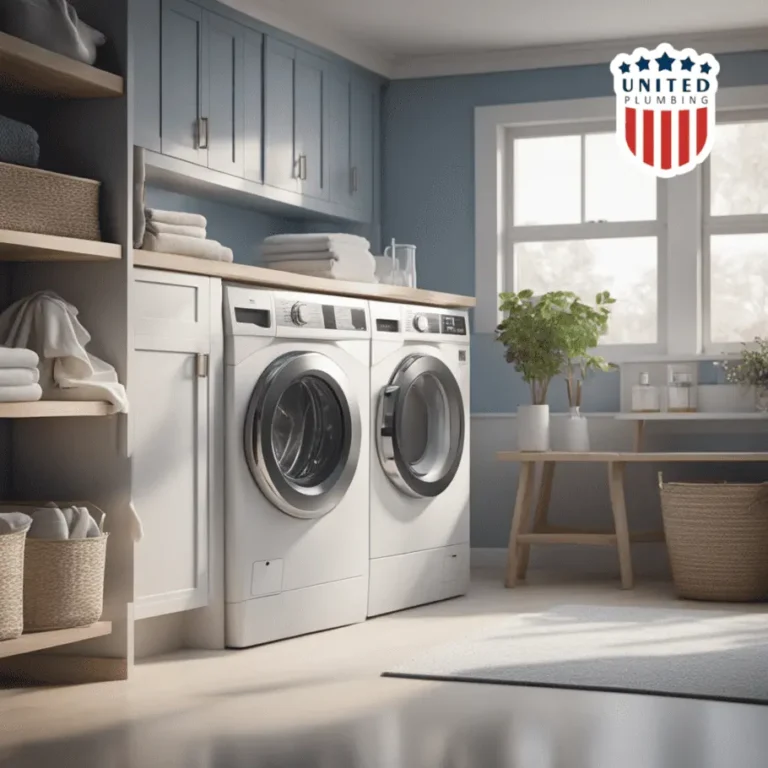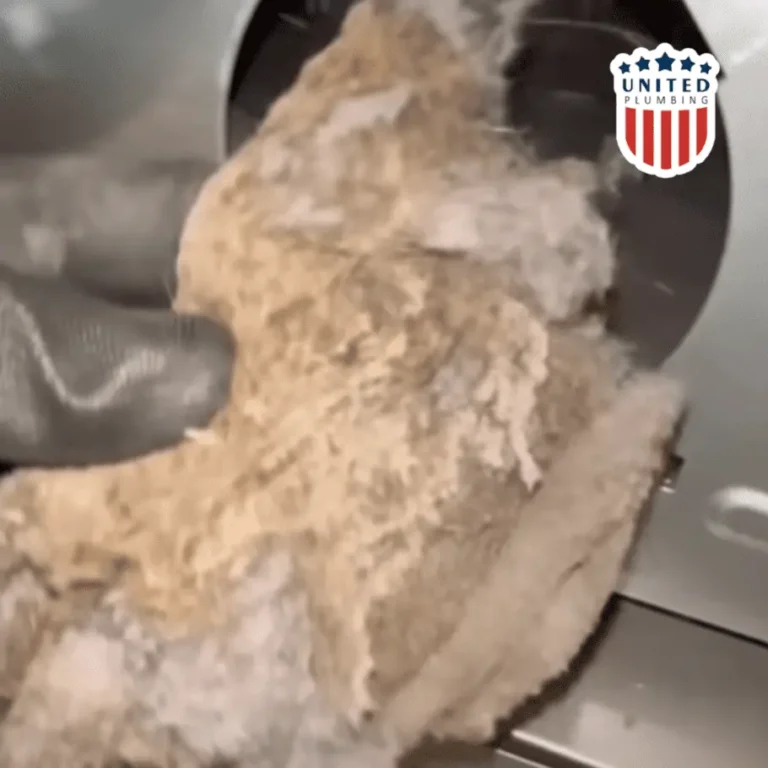FIVE-STAR TEAM WARRANTY &
SAME-DAY SERVICE
Easy tips for preventing your laundry drain from clogging
Laundry day can be a daunting task for many, especially when it comes to dealing with clogged drains. A clogged laundry drain can be a major inconvenience and can cause water damage to your home. Fortunately, there are easy tips that can help prevent your laundry drain from clogging.

One of the simplest ways to prevent your laundry drain from clogging is to use a lint trap. Lint traps are designed to catch the lint that comes out of your clothes during the washing process. This helps to prevent the lint from clogging your drain and causing water damage to your home. Lint traps can be purchased at most hardware stores and are easy to install.
Another easy tip for preventing your laundry drain from clogging is to avoid overloading your washing machine. Overloading your washing machine can cause excess lint and debris to build up in your drain, leading to clogs. It is also important to avoid washing items that are prone to shedding, such as towels and blankets, with other clothing items. This can cause excess lint to build up in your drain and lead to clogs.
Understanding Laundry Drain Systems
Components of a Laundry Drain
A typical laundry drain system consists of several components that work together to remove dirty water from the washing machine and transport it to the sewer or septic system. These components include:
- Drain hose: This flexible hose connects the washing machine to the standpipe or laundry sink. It carries the dirty water away from the machine and into the drain system.
- Standpipe: This vertical pipe is usually located behind the washing machine and serves as a connection point for the drain hose. It allows the water to flow into the drain system while preventing backflow.
- Trap: This U-shaped pipe is located beneath the standpipe or laundry sink. It prevents sewer gases from entering the house and also catches small objects that may accidentally fall down the drain.
Common Causes of Clogs
Laundry drains can become clogged for several reasons. Some of the most common causes include:
- Excessive lint: Lint from clothing can accumulate in the drain hose and trap over time, eventually causing a clog.

- Foreign objects: Small items like coins, buttons, and toys can accidentally fall down the drain and get stuck in the trap or drain hose.
- Soap scum: Soap residue can build up in the drain hose and trap, reducing the flow of water and eventually causing a clog.
- Hard water deposits: Minerals from hard water can accumulate in the drain hose and trap, reducing the diameter of the pipe and causing a clog.
Regular maintenance and cleaning can help prevent clogs in the laundry drain system. It is important to clean the lint filter after every load of laundry and periodically clean the drain hose and trap to remove any buildup. Avoid washing items that are likely to shed a lot of lint, and use a lint trap or mesh bag for smaller items like socks and underwear.
Preventative Measures for a Clog-Free Drain
Regular Maintenance Tips
To prevent your laundry drain from clogging, it is important to perform regular maintenance on your drain. This includes removing any lint or debris that may have accumulated in the drain after each use. You can use a lint trap or a mesh screen to catch any lint or debris before it enters the drain. It is also important to clean the lint trap or mesh screen regularly to ensure that it is functioning properly.
Another way to maintain your laundry drain is to flush it with hot water once a week. This will help to dissolve any soap scum or other buildup that may be accumulating in the drain. You can also use a mixture of baking soda and vinegar to clean your drain. Simply pour the mixture down the drain, let it sit for a few minutes, and then flush it with hot water.
Best Practices for Drain Usage
In addition to regular maintenance, there are some best practices that you can follow to prevent your laundry drain from clogging. First, avoid overloading your washing machine. Overloading can cause excess lint and debris to accumulate in the drain, leading to clogs. It is also important to avoid washing items that are prone to shedding, such as towels and blankets, with items that are not.
Another best practice is to avoid pouring grease or oil down the drain. Grease and oil can solidify in the drain, causing clogs. Instead, dispose of grease and oil in the trash.
Recommended Drain Cleaners and Tools
If you do experience a clog in your laundry drain, there are several drain cleaners and tools that you can use to clear the clog. One option is to use a plunger to force the clog through the drain. Another option is to use a drain snake to physically remove the clog from the drain.
There are also several drain cleaners that can be effective in clearing clogs. However, it is important to choose a drain cleaner that is safe for your plumbing system and the environment. Look for drain cleaners that are labeled as safe for septic systems and that do not contain harsh chemicals.
By following these preventative measures, you can keep your laundry drain clog-free and avoid costly repairs.
Post views: 689
Latest posts

How Long Do Water Heaters Last? Typical Lifespan by Type (Homeowner’s Guide)
Your water heater works quietly behind the scenes every single day until one day it doesn’t. One of the most common...

Electrical Panel Upgrade California: Costs, Safety & When You Need One
An electrical panel upgrade in California is one of the most important safety and performance improvements a...


If you still have questions or need advice, please leave a request and we will contact you as soon as possible
Need a plumber and got no clue where to start?
(408) 539-6936Facing a plumbing issue? Get a FREE in-person estimate and quick solutions from our skilled technicians, ensuring your home runs smoothly again!
